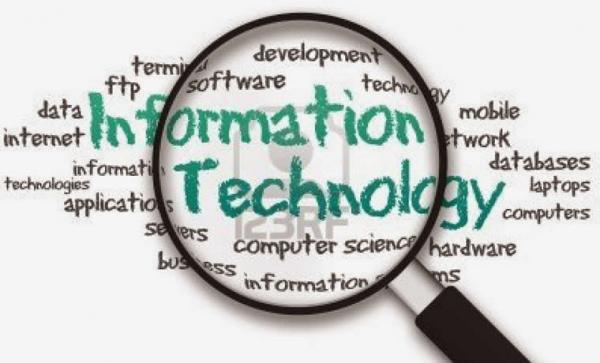Importance of IT in Education

“Education” is defined as the process of learning and acquiring information. Education is the most powerful weapon which you can use to change the world..Education is a life long process therefore anytime anywhere access to it is the need. Information explosion is an ever increasing phenomena therefore there is need to get access to this information Education should meet the needs of variety of learners and therefore IT is important in meeting this need. It is a requirement of the society that the individuals should posses technological literacy.
Information Technology in Education
The pace of change brought about by new technologies has had a significant effect on the way people live, work, and play worldwide. New and emerging technologies challenge the traditional process of teaching and learning, and the way education is managed. Information technology, while an important area of study in its own right, is having a major impact across all curriculum areas. Easy worldwide communication provides instant access to a vast array of data, challenging assimilation and assessment skills. Rapid communication, plus increased access to IT in the home, at work, and in educational establishments, could mean that learning becomes a truly lifelong activity—an activity in which the pace of technological change forces constant evaluation of the learning process itself.
Significance of IT in education
Any time learning
Now in the year of computers and web networks the pace of imparting knowledge is very very fast and one can be educated .One can study whenever he wills irrespective of whether it is day or night and irrespective of being in India or in US because of the boom in IT.
Multimedia approach to education
Audio-Visual Education, planning, preparation, and use of devices and materials that involve sight, sound, or both, for educational purposes. Among the devices used are still and motion pictures, filmstrips, television, transparencies, audiotapes, records, teaching machines, computers, and videodiscs. The growth of audio-visual education has reflected developments in both technology and learning theory.
Online library
Internets support thousands of different kinds of operational and experimental services one of which is online library. We can get plenty of data on this online library.
As part of the IT curriculum, learners are encouraged to regard computers as tools to be used in all aspects of their studies. In particular, they need to make use of the new multimedia technologies to communicate ideas, describe projects, and order information in their work. This requires them to select the medium best suited to conveying their message, to structure
information in a hierarchical manner, and to link together information to produce a multidimensional document.
Distance learning
Distance Learning, method of learning at a distance rather than in a classroom. Late 20th-century communications technologies, in their most recent phases multimedia and interactive, open up new possibilities, both individual and institutional, for an unprecedented expansion of home-based learning, much of it part-time. The term distance learning was coined within the context of a continuing communications revolution, largely replacing a hitherto confusing mixed nomenclature—home study, independent study, external study, and, most common, though restricted in pedagogic means, correspondence study. The convergence of increased demand for access to educational facilities and innovative communications technology has been increasingly exploited in face of criticisms that distance learning is an inadequate substitute for learning alongside others in formal institutions. A powerful incentive has been reduced costs per student. At the same time, students studying at home themselves save on travel time and other costs.
Better accesses to children with disabilities
Information technology has brought drastic changes in the life of disabled children. IT provides various software and technique to educate these poor peoples. Unless provided early with special training, people profoundly deaf from birth are incapable of learning to speak. Deafness from birth causes severe sensory deprivation, which can seriously affect a person's intellectual capacity or ability to learn. A child who sustains a hearing loss early in life may lack the language stimulation experienced by children who can hear. The critical period for neurological plasticity is up to age seven. Failure of acoustic sensory input during this period results in failure of formation of synaptic connections and, possibly, an irremediable situation for the child. A delay in learning language may cause a deaf child's academic progress to be slower than that of hearing children. The academic lag tends to be cumulative, so that a deaf adolescent may be four or more academic years behind his or her hearing peers. Deaf children who receive early language stimulation through sign language, however, generally achieve academically alongside their hearing peers.
The Author of this article is Assistant Professor, Pioneer Institute of Professional Studies





